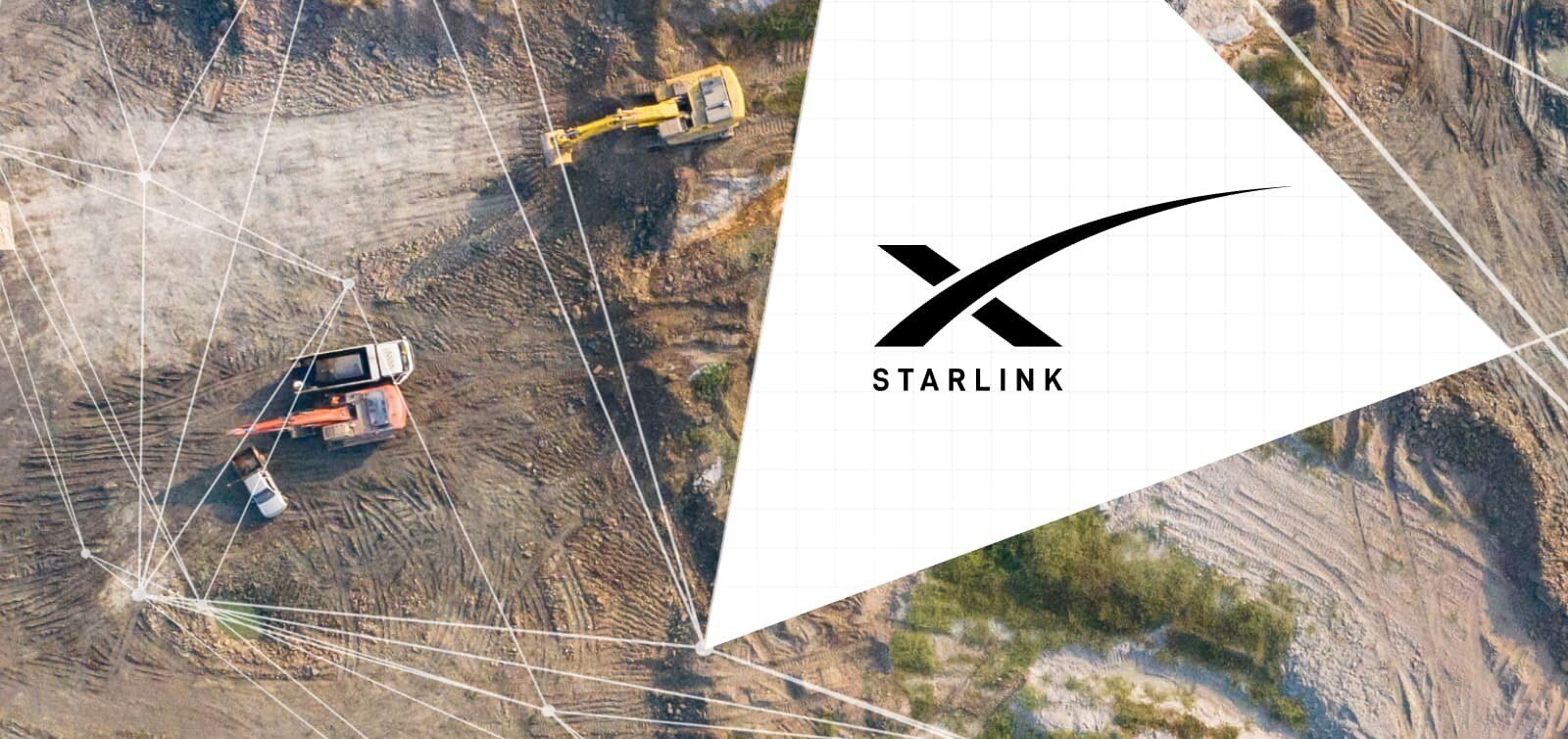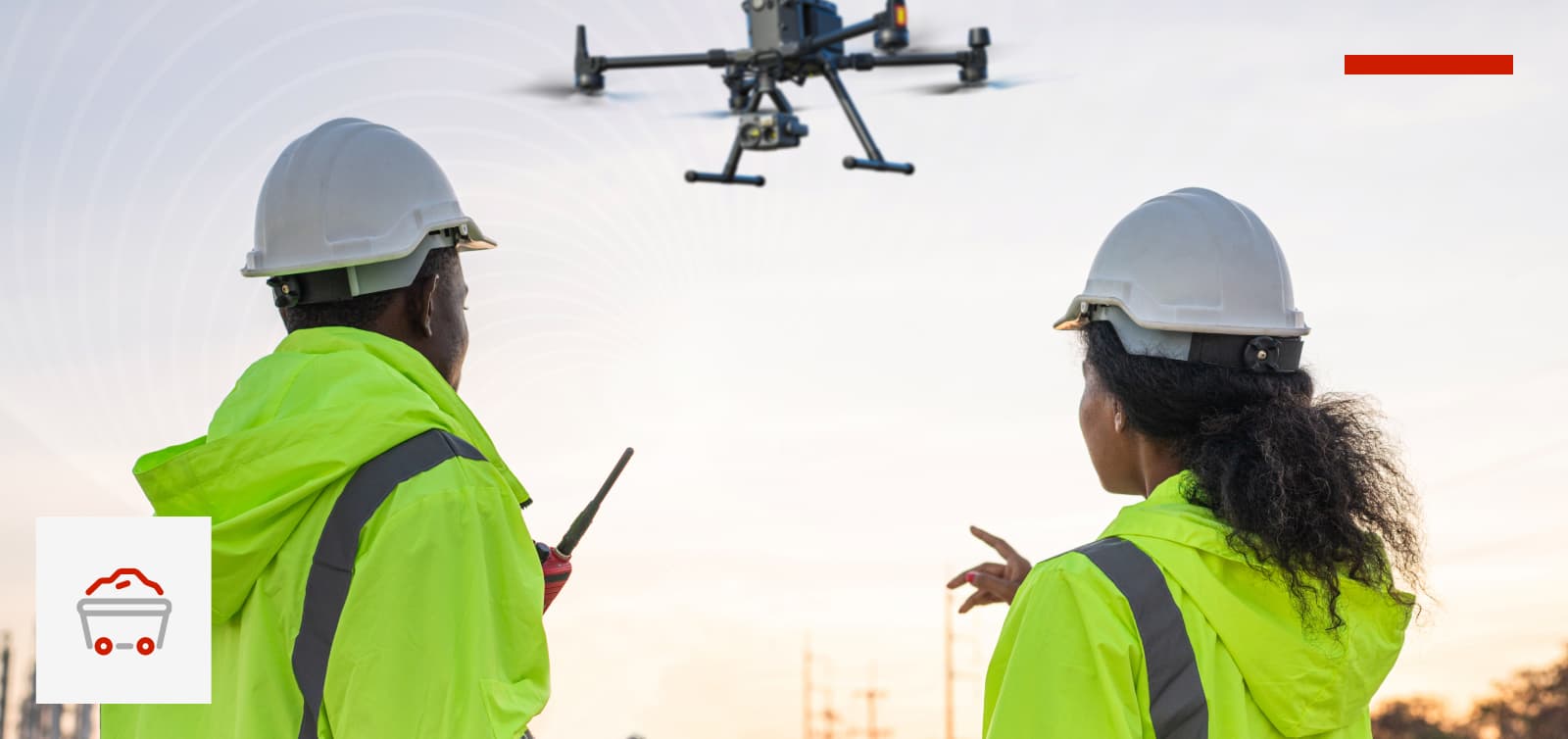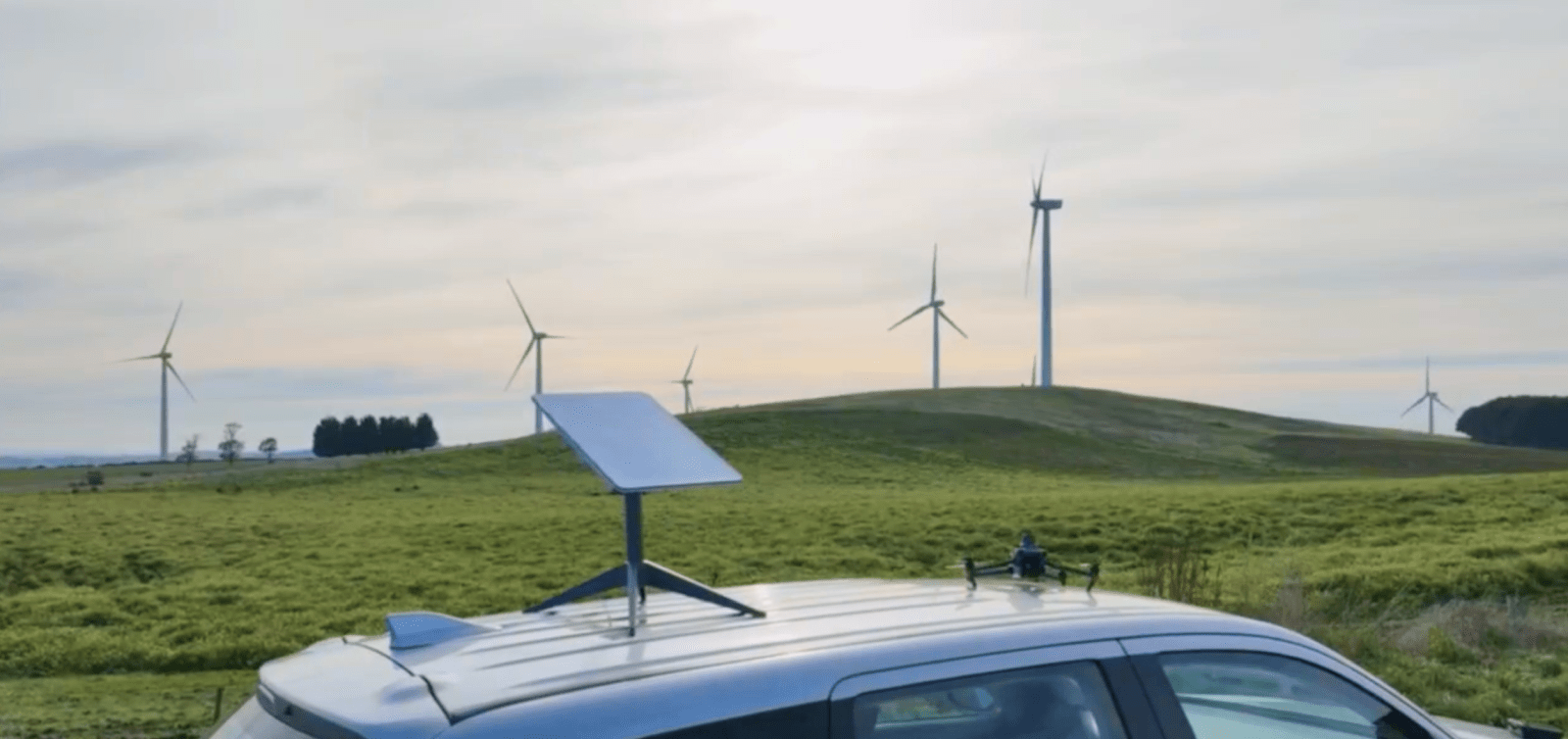Connecting the Field to the Office with Starlink
Unleash live’s goal has always been to connect the field to the office, enabling remote operations and drone asset inspections for faster, insight-led decisions. Across the world, many high-value assets such as mine sites, oil pipelines, distribution poles, solar farms, and wind farms lack reliable internet access. Traditional private LTE networks are costly to build and maintain.
Starlink’s high-speed satellite broadband transforms remote monitoring by making connectivity available anywhere, enabling safer, more efficient, and scalable oversight of distributed assets.
Remote Intelligent Vision and Starlink Connectivity
In a world first, Unleash live connected and navigated drones in real time using Starlink. Live video streams were analysed through our secure cloud AI infrastructure to deliver connected inspections of critical assets without requiring personnel onsite.
A drone was remotely flown over 200 km from Unleash live headquarters using the Autofly software. Two AI-Apps ran simultaneously: People Counting and Tracking and Power Line Fault Detection. Together, they demonstrated how live analytics can identify faults, monitor activity, and ensure safety, all from a central location.
Starlink eliminates 4G and 5G coverage limitations. Once fully deployed, its low-latency, high-bandwidth network will deliver global connectivity, even for moving vehicles, unlocking continuous real-time monitoring across remote utility, mining, and energy sites.
Real-Time Monitoring and Automated Fault Detection
Using the Autofly Application, drone control was transferred entirely to our HQ team. The People Counting and Tracking model provided a live, high-resolution feed of personnel in the drone’s view, updating in real time.
At the same time, the Power Line Fault Detection model analysed nearby distribution lines. Faults and components such as insulators were automatically identified, with results integrated into Fusion Atlas for geospatial analysis and maintenance planning.
This integration of remote monitoring, Starlink connectivity, and AI enables continuous data-driven inspections and predictive maintenance.
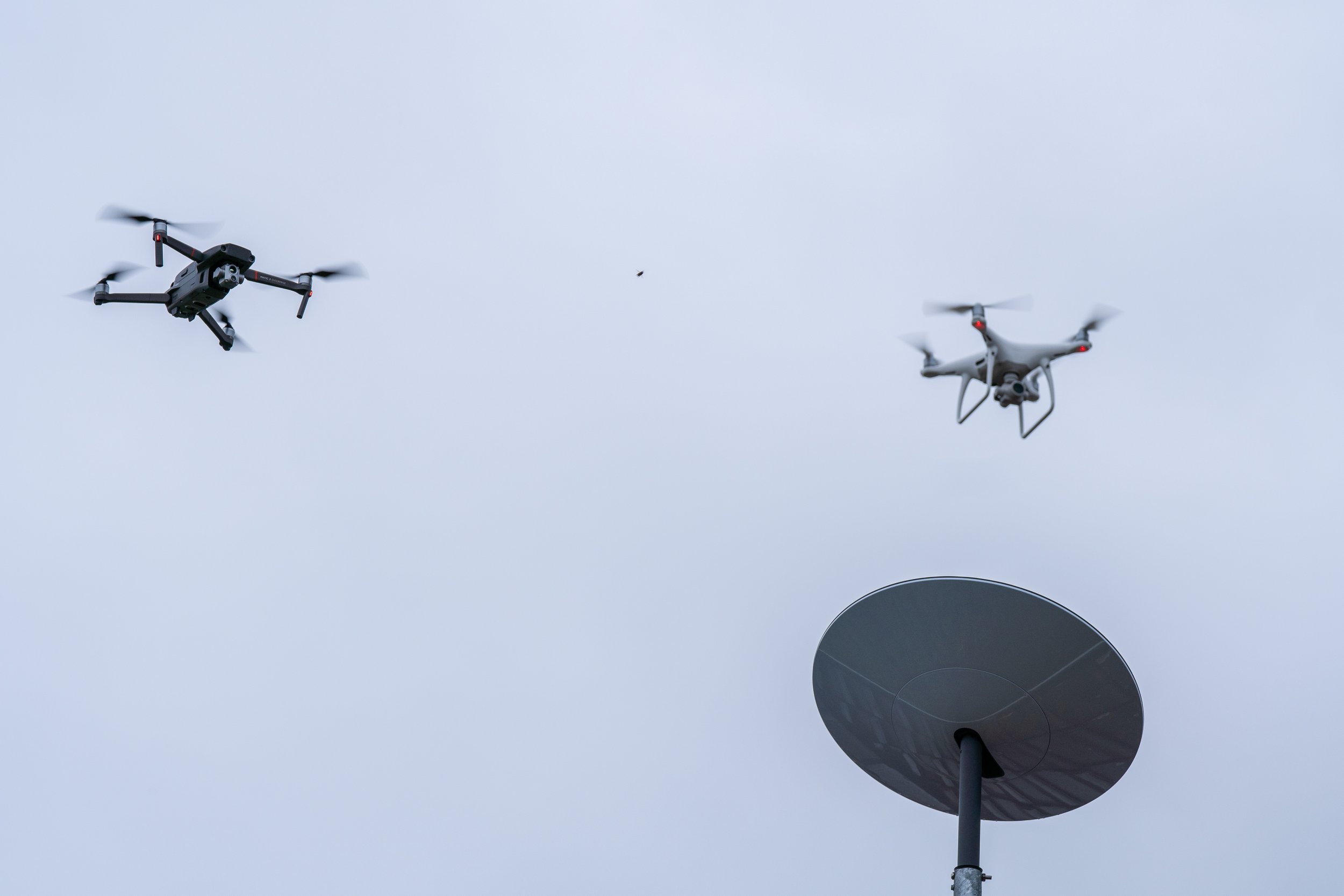
Drones with satellite connections to the internet, powered by Starlink
Why Starlink Changes Remote Operations
- Coverage: Global connectivity for remote and distributed operations.
- Latency: Median latency of 45 ms allows real-time streaming and drone control comparable to fibre broadband.
- Reliability: Distributed satellite networks remain resilient during extreme weather or disasters.
- Affordability and Setup: Low-cost hardware, simple setup, and no need for complex infrastructure enable fast deployment.
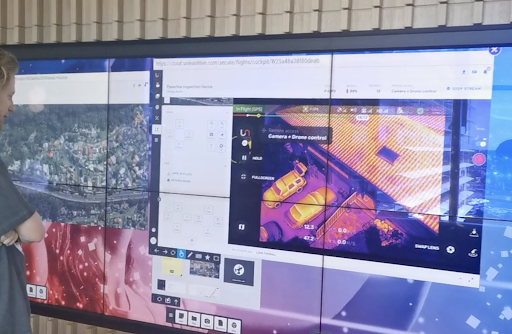
Scalable, Connected Operations
Unleash live’s Remote Cockpit and Fusion Atlas (our digital asset map, allowing for easy navigation and effective data management), scale effortlessly from portable field kits to central command centres. By combining Starlink connectivity with live AI analysis, teams gain instant visibility into remote assets, supporting predictive maintenance, safety improvements, and reduced site travel.
Getting started
Contact us for deploying Starlink with Unleash live remote video intelligence and drone control on your assets. You can be up and running in a matter of weeks.



